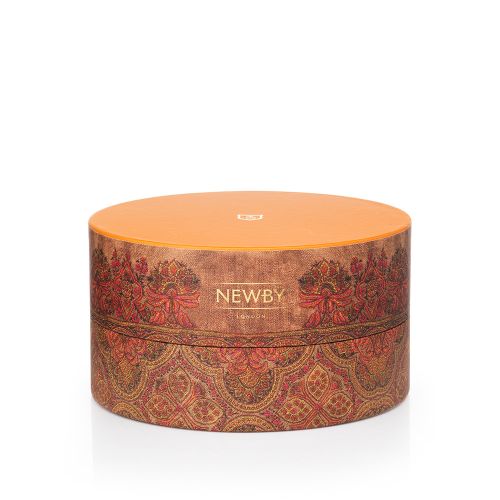Struggling to unwind at night? Chamomile tea is a popular herbal tea that offers a variety of health benefits and helps you power down naturally at bedtime.
What is Chamomile?
Chamomile, (Matricaria recutita L.), is an aromatic flowering plant belonging to the genus Chamomilla and the Asteraceae family. The word ‘Chamomile’ is derived from its Greek name, which means ‘earth apple’.
Chamomile is also known by other names, such as ‘Baboonig’, ‘Babuna Camornile’, ‘Pinheads’, Flos Chamomile’, ‘Scented Mayweed’ and ‘Manzanilla’.
There are different kinds of Chamomile which produce tisanes that differ slightly in flavour; German Chamomile, for instance, has more of a straw-like aftertaste, while Hungarian and English Chamomile produce sweeter liquors.
Where does Chamomile come from?
Chamomile originated in Europe and West Asia. Since ancient times, it has been highly valued by Egyptians, Romans and Greeks for its medicinal properties.
The Egyptians considered the plant sacred and believed it was a gift from the Sun God, Ra. The Saxons saw Chamomile as one of the nine sacred herbs given to humans by the Gods.
The ancient Egyptians, Greeks and Romans used it to treat erythema and xerosis, and as a calming tea or tisane. Chamomile was also used during medieval times, when it was prescribed for intermittent fevers.
Where does Chamomile grow?
Chamomile is native to Western Europe, India and Asia. It can withstand temperatures ranging from 2-20C due to its weed-like ability which allows it to grow in a variety of climates worldwide; German Chamomile, for instance, can grow in most kinds of soil.
In Europe, Chamomile grows in clayey lime soils belonging to barren lands that aren’t nutritionally rich enough for other crops, as Chamomile can tolerate high levels of soil alkalinity. Only heavy and damp soils cannot facilitate Chamomile growth.
What is Chamomile used for Today?
Today Chamomile is used worldwide; its extracts and oils are used in holistic medicines, aromatherapy, food flavouring, cosmetics and dyes.
Dried Chamomile flowers are used to brew a tisane known as ‘Chamomile tea’, a light, mellow infusion that has a soothing quality with a floral aroma and slightly fruity undertones.
The Health Benefits of Chamomile
Chamomile has a mild sedative quality that can reduce anxiety and give you a long, blissful sleep. It has also been known to help provide relief from the common cold, soothe a sore stomach and help achieve fresh, glowing skin.
How to make Chamomile tea?
To make the perfect cup of Chamomile tea, boil fresh spring water and add one or two teaspoons of dried chamomile flowers to a strainer or tea pot. Steep for 5-10 minutes before removing the flowers.

Newby’s Chamomile flowers
Newby’s Chamomile herbal tea is floral and gentle with slight flavours of apple and honey. It’s made using only the freshest flowers to provide a smooth, soothing and warming finish, making it the perfect beverage for the colder months ahead.
Our flowers come ground up in our classic, biodegradable teabags. We also sell them as whole buds; either in loose leaf pouches, or slipped into our environmentally friendly silken pyramids, which produce the smoothest infusions.
Other Newby Teas with Chamomile
Night Calm Classic Tea Bags
Aromatic and caffeine free, the calming qualities of Chamomile are deliciously supplemented by lemongrass, liquorice root and lavender for maximum relaxation and sweet, floral notes. Peppermint provides a warming, minty aftertaste.
Spa Blend Loose Leaf Tea Pouch
This anti-oxidant packed blend stars Chamomile and provides relief after busy days. Complex yet subtle, this tisane gets its sweetness from blackberry and apple; its spice comes from cinnamon, ginger and cloves, while lemongrass, verbena and orange provide a citrus edge.









LEAVE A COMMENT